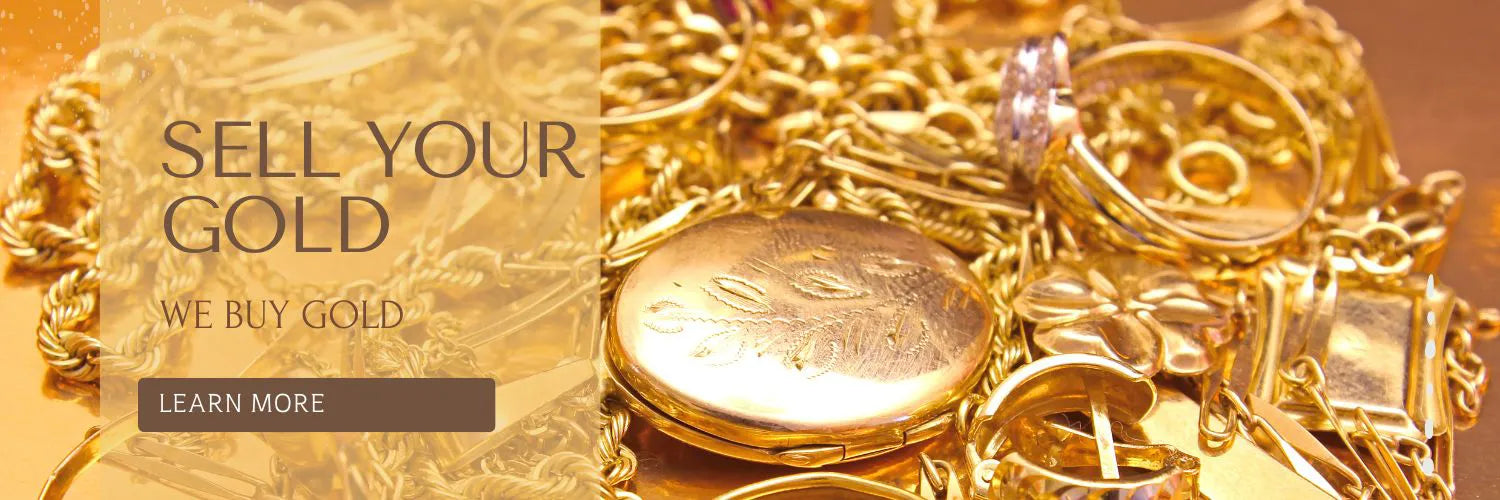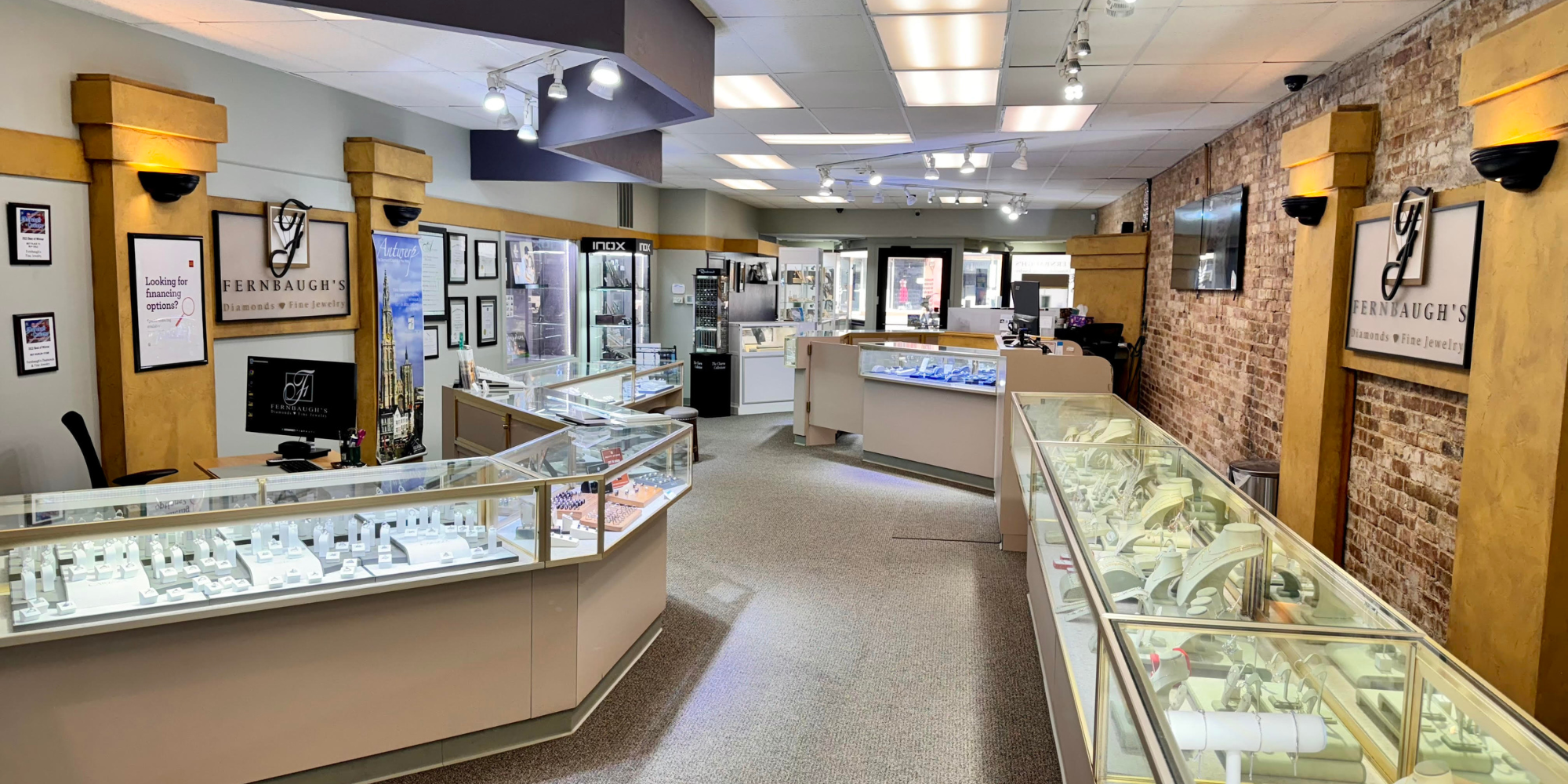By Morgan Garrison
If you were born in June, consider yourself lucky because you have not one, not two, but three birthstones! June’s three birthstones are Alexandrite, Pearl, and Moonstone. All three stones are very different but all beautiful. Keep reading to learn about each one and choose your favorite.
First up, Pearls! Pearls have been treasured by ancient and modern civilizations for thousands of years. Ancient Middle Eastern cultures believed that pearls were teardrops from Heaven. The people of ancient China believed that pearls came from the brains of dragons. The actual process of formation isn’t quite that exciting, but the Chinese were on the right track thinking that they formed inside a living creature.

Pearls form when an irritant, like a piece of sand, gets inside the shell of an oyster or mollusk. The irritation triggers the mollusk to secrete a substance called nacre. Layers of nacre build and layer and eventually a pearl is formed. This process happens naturally, but it can also be helped along with some human intervention. Natural pearls are increasingly rare because of overfishing, predators, and water pollution around the world, but they can still be found in warm, clean waters. The modern pearl market is mostly made up of cultured pearls which are farmed rather than harvested from wild oysters.

Pearls require special cleaning and care because of their delicate nature. They’re only a 2.5 to 3 on the Mohs hardness scale (a diamond is a 10) so they are highly susceptible to scratches and other damage. The Gemological Institute of America (GIA) recommends storing your pearls separately from other jewelry to prevent scratches. They also recommend that you clean your pearls with a soft, damp cloth ideally after each wear.
From classic to unique, we have a variety of pearl pieces in store here at Fernbaugh’s. Check out this adorable sterling silver heart pendant with a white cultured pearl. This necklace would make a perfect graduation or sweet sixteen gift. If you’re looking to add a different kind of pearl to your collection, this twisted shell pearl ring fits the bill. It’s also part of a matching set for a complete jewelry wardrobe.


June’s other light colored birthstone is Moonstone. Moonstone has some pretty wild origin stories too. For example, Hindu myths say that moonstone was solidified moonlight. Moonstone has traditionally been associated with love, passion, fertility and good luck. It became popular during the Art Nouveau movement of the late 19th century and again in the 1960s and 1990s.
Moonstone is the most famous member of the Feldspar mineral family which is the most abundant mineral family in the earth's crust. It forms when two minerals from the feldspar family combine. As the combined minerals cool down, they stack in alternating layers and form a moonstone. The finest moonstones have a blue sheen on a colorless background. They can also appear to glow. This phenomenon is called Adularescence and it occurs when light between the layers of mineral scatters in different directions creating the illusion that the stone is glowing like the moon in the night sky.

Because feldspar is such an abundant mineral, moonstones can be found all over the world. The most important mines are in India and Sri Lanka, but they can also be found in Brazil, Myanmar and Tanzania. In the United States, moonstone can be found in New Mexico, Virginia, and North Carolina.
Moonstone is quite a bit harder than pearls, coming in at a 6-6.5 on the Mohs scale. While they’re harder, they should still be handled with care. High heat can crack a moonstone so it’s best to avoid ultrasonic and steam cleaning them. Warm, soapy water and a soft brush is the best way to keep moonstone clean at home.
Last but certainly not least is Alexandrite. Named for Alexander II, Emperor of Russia, alexandrite was first discovered in the Ural mountains of Russia in the 1830s. This color-changing stone was quite popular in Russia because its green to reddish-purple shift resembled the colors of the Imperial army. The Russian alexandrite mines are now fully depleted but, according to the GIA, the alexandrite being mined today can’t hold a candle to the 19th century Russian specimens.



Today, alexandrite is found in Brazil, Sri Lanka, and eastern Africa. These mines do produce some high quality stones, but the color change tends to be less precise than the stones once found in Russia. Fine alexandrite is also hard to find in large carat weights, making this gem one of the most expensive colored gemstones. Lab grown and synthetic options are available so you can get the look of genuine without the hefty price tag.
Alexandrite might be hard to find, but they’re pretty easy to take care of. At an 8.5 on the Mohs scale, they’re suitable for everyday wear. They also don’t tend to crack or break if you accidentally hit it on something. They can withstand ultrasonic and steam cleaning. At home, warm soapy water and a brush will do the trick.

If you’re looking for a great piece to introduce alexandrite into your wardrobe, check out our super popular This is Us collection! This collection has all the birthstones and more including June. Available in a necklace, ring, and earrings, you can mix and match or get all three! All pieces are set in sterling silver with synthetic gemstones so they make a great starter piece or gift for a younger recipient. We just expanded this line so you have to stop by and check out what’s new!
Sources:
https://www.gia.edu/birthstones/june-birthstones
https://www.gia.edu/moonstone-description#
https://www.gia.edu/pearl/gem-overview






